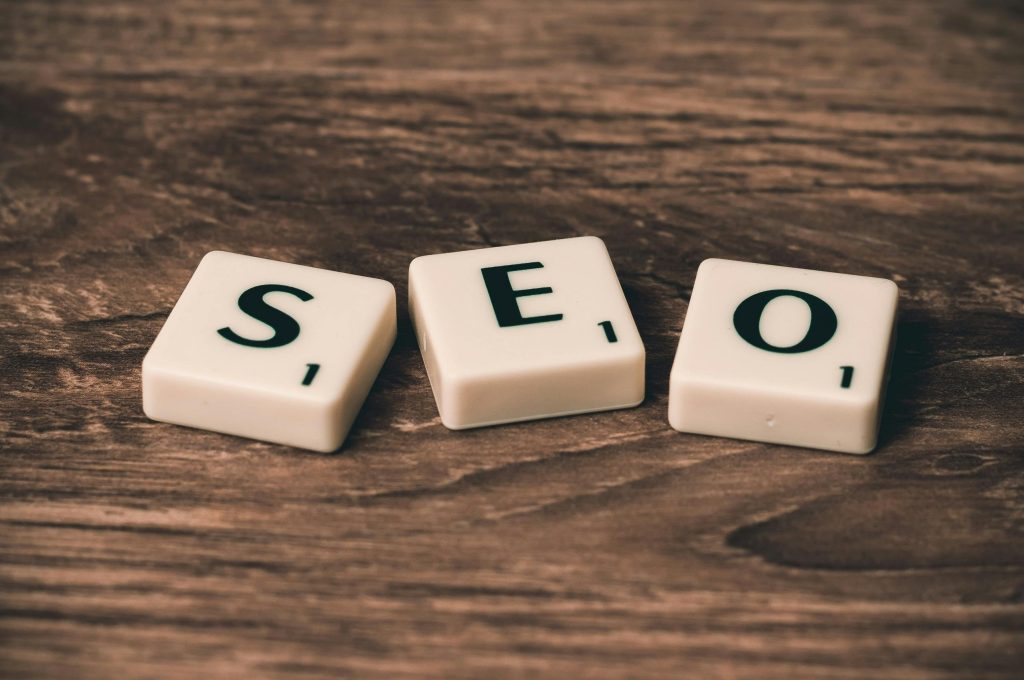Ultimate guide for factors of on-page SEO
Factors of On-Page SEO
On-page SEO is the foundational work you perform directly on your web pages. It ensures search engines like Google can easily crawl, understand, and rank your content effectively. Mastering these factors is the single most important step to earning organic visibility and driving relevant traffic. Ignore them at your peril, but master them to truly skyrocket your success.
I. The Core Pillars of Content Optimization
1. Targeting the Right Search Intent
Every piece of content must satisfy a specific Search Intent—the why behind the user’s query. Is the user looking for information, a commercial product, a specific website, or a direct answer? Aligning your content format with this intent is the non-negotiable first step. If a query demands a list, your content must be a list.
Google’s primary goal is to provide the most helpful result for every search. Your page will never rank unless it genuinely solves the user’s underlying problem. Thorough keyword research must therefore focus on what the user truly expects to see.
2. Crafting High-Quality, In-Depth Content
Content remains the king, but quality is now defined by completeness and expertise. Your page must fully cover the topic, addressing all related sub-questions a user might have. This level of depth demonstrates true E-E-A-T (Experience, Expertise, Authoritativeness, and Trustworthiness).
Avoid thin, “fluffy” content that skims the surface without providing unique value. Long-form content often performs better because it allows for this comprehensive coverage. However, every sentence must be valuable and directly support the main topic.
3. Strategic Keyword Placement
While keyword stuffing is a relic of the past, strategic, natural placement is still vital. Your primary keyword should appear in the title tag, the H1 heading, and within the first 100-150 words of the copy. This instantly signals to both users and crawlers what the page is about.
Integrate secondary keywords and LSI (Latent Semantic Indexing) terms naturally throughout the body. These related phrases confirm the topic’s context and relevance to search engines. Focus on flow and readability above all else, ensuring the language sounds human.
II. Essential HTML & Metadata Optimization
4. The Optimized Title Tag ($\text{<title>}$)
The Title Tag is perhaps the most critical on-page factor, serving as the headline in the search results (SERP). It must be compelling enough to earn the click, which directly impacts your Click-Through Rate (CTR). Keep it concise, ideally under 60 characters, to prevent truncation.
Crucially, the primary keyword should be placed as close to the beginning of the tag as possible (known as front-loading). Include a power word or emotional element to maximize its magnetic appeal. Remember, this is your advertisement on the SERP.
5. The Engaging Meta Description
The Meta Description is not a direct ranking factor, but it is an indirect one by heavily influencing CTR. This short summary (around 150-160 characters) should sell the value of the page to the searcher. It should contain the target keyword to make it bold in the SERP.
Use strong verbs and a clear call-to-action (CTA) within the description to entice the user. An excellent meta description convinces the searcher that your result is exactly what they need. It is your final opportunity to secure the click.
6. Header Tag Structure ($\text{H1, H2, H3}$)
A logical header structure is essential for content readability and search engine comprehension. The $\text{H1}$ tag is the main heading of the page and should only be used once, usually mirroring the page’s main title. This is a strong signal of the page’s primary topic.
$\text{H2}$ tags should be used to break the content into main sections and subtopics, acting as a clear table of contents. $\text{H3}$ and $\text{H4}$ tags further organize points within those sections, creating a digestible hierarchy. Strategically place keywords in some of these subheadings for context.
7. SEO-Friendly URL Slugs
The URL slug is a permanent identifier for your page, and it should be clean, short, and descriptive. A well-optimized URL uses hyphens to separate words and includes the primary keyword. Shorter URLs are generally favored as they are easier to read and remember.
Avoid stop words (like ‘a’, ‘the’, ‘of’) unless they are crucial for clarity, and never use arbitrary numbers or symbols. A clean URL provides a simple, immediate signal of the page’s topic to both users and crawlers. It contributes significantly to overall site architecture.
III. User Experience and Technical On-Page Factors
8. Page Speed and Core Web Vitals
Page Speed is a critical, measurable factor directly impacting user experience and rankings. Google uses the Core Web Vitals (LCP, FID, CLS) as key metrics for its Page Experience signals. Slower pages lead to higher bounce rates, penalizing your rank.
Optimize images by compressing them and using modern formats like WebP. Minimize code (CSS, JavaScript, HTML) and leverage browser caching to improve loading times. A fast-loading page keeps users happy and signals quality to search engines.
9. Mobile-Friendliness and Responsiveness
With Google’s shift to mobile-first indexing, your site’s mobile version is now the primary basis for indexing and ranking. Every page must be fully responsive, displaying perfectly on screens of all sizes. Text should be legible, and buttons easily tappable.
Test your pages using Google’s Mobile-Friendly Test to identify any issues immediately. A poor mobile experience will severely limit your ability to rank, regardless of the quality of your content. Prioritizing mobile is now non-negotiable.
10. Image Optimization (File Name and Alt Text)
Images enhance user engagement but can slow pages down if not optimized. The Image File Name should be descriptive (e.g., factors-on-page-seo.jpg, not img123.jpg). This helps Google understand the image’s context before it even “sees” it.
The Alt Text (alternative text) is text-based code that describes the image for visually impaired users and search engines. It must accurately describe the image while incorporating the target or a secondary keyword naturally. Alt text is a significant accessibility and SEO factor.
11. Strategic Internal Linking
Internal Links connect your pages, establishing a clear site structure and passing authority (Link Equity) between them. They help search engines discover and crawl new pages efficiently. Every key page should have relevant internal links pointing to it.
Use descriptive Anchor Text (the clickable words) that accurately describes the target page’s content. A strong internal linking strategy encourages users to spend more time on your site, which reduces the bounce rate and enhances overall SEO health.
12. External Linking to Authoritative Sources
Linking out to high-authority, relevant external sources demonstrates the trustworthiness and research quality of your content. It shows that your information is well-supported and part of a broader, credible informational ecosystem.
Use external links judiciously where they add genuine value and help the user. This practice builds credibility, which is a major component of the E-E-A-T principle. Never be afraid to link to a quality resource—it enhances your own.
IV. The Advanced Engagement Factors
13. Focus on User Engagement Metrics
Google increasingly relies on user interaction signals to gauge content quality and satisfaction. Time on Page and a low Bounce Rate suggest that users found the content valuable and engaging. Therefore, readability and design are crucial.
Use short paragraphs, bullet points, and high-quality visuals to make your content easy to scan. Write in an engaging tone that holds the reader’s attention from the first sentence to the last. Maximize the chances of users completing the page.
14. Implementing Schema Markup
Structured Data (Schema Markup) is code that you add to your page to help search engines better understand its specific content. It doesn’t affect rankings directly but enables Rich Snippets in the SERP, such as star ratings, FAQs, or recipes.
These rich results increase your search listing’s visibility, size, and prominence, leading to a much higher CTR. Schema is essential for certain content types and a powerful tool for standing out from the organic competition.
15. Content Freshness and Regular Updates
Content, even if initially great, eventually becomes stale. Content Freshness is a key factor, especially for topics where information changes rapidly (e.g., technology, laws, statistics). Regularly updating and republishing your core pages is vital.
Refreshing statistics, adding new sections, and removing outdated information signals to Google that the page is actively maintained and highly relevant. This process often provides significant and sustained ranking boosts to existing content.
Conclusion: The Holistic View
On-page SEO is not a single tactic but a holistic integration of numerous elements working in concert. It ensures your page is technically sound, aesthetically pleasing, highly readable, and perfectly aligned with user intent. Every factor contributes to the overall success. By diligently optimizing these crucial factors, you build a powerful foundation for consistent organic traffic and sustained search visibility.
For SEO services in New Delhi visit.
For more information visit

